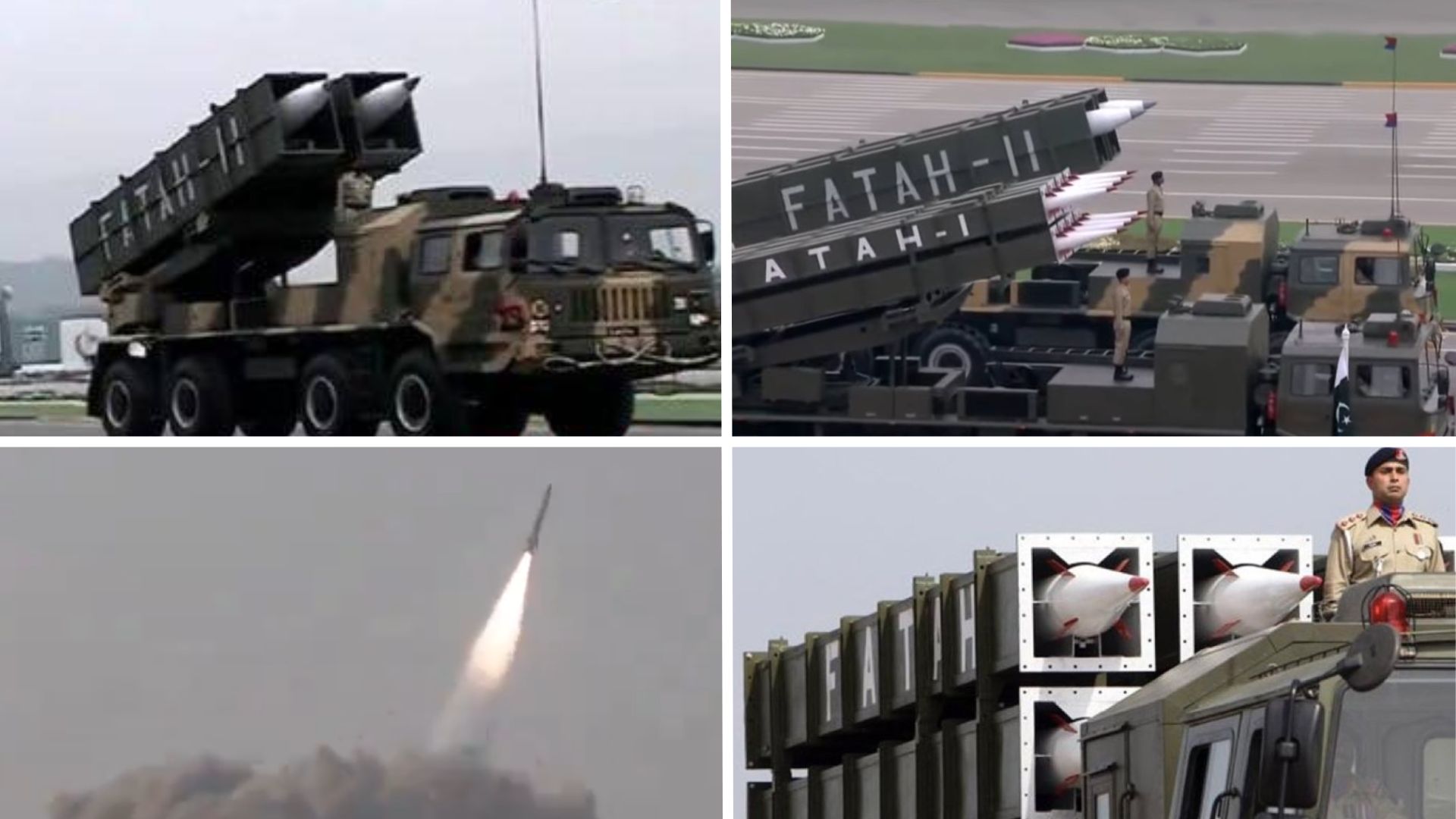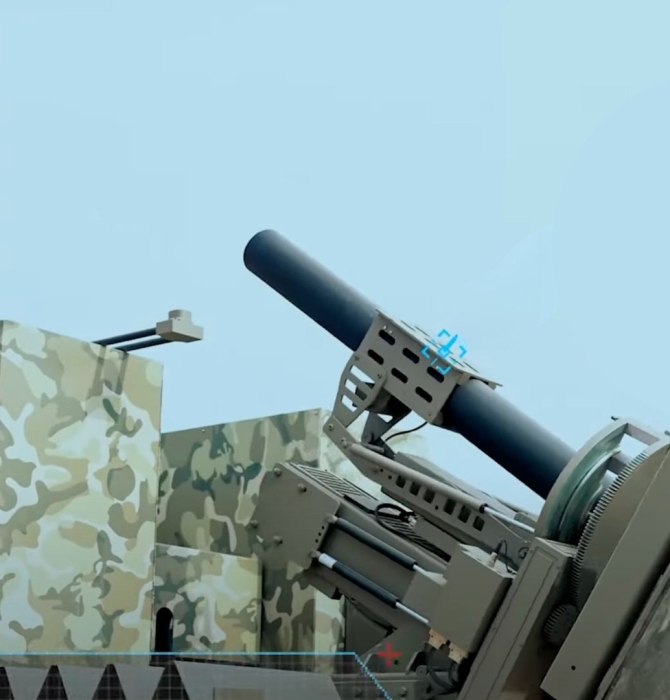7708Views 0Comments

Is Pakistan’s “Fatah” Rocket Part of a New Strike Strategy?
In 2021, the Pakistan Army (PA) began adding to its stand-off range precision-strike capability by inducting the Fatah-1, an indigenously produced surface-to-surface missile (SSM) with a range of 140 km. Before the Fatah-1, the PA’s primary guided rocket was the A-100, a 100 km-range multiple-launch rocket system (MLRS) acquired from China and locally produced under license. In 2024, Pakistan inducted the Fatah-2, a larger SSM with a range of 400 km. It also announced that the Fatah-3 and Fatah-4, with ranges of 450 km and 700 km, respectively, were also under development.
In effect, the PA has inducted a new family of ballistic missiles under the “Fatah” designation, and this family appears to be a key piece of Pakistan’s efforts to build its land-based precision-strike capabilities.
Background: Fatah-Series of Ballistic Missiles
Pakistan revealed the Fatah-1 in 2021 as an indigenously developed MLRS. It was likely a result of a program disclosed by the Ministry of Defence Production (MoDP) in 2017 to develop an “extended range” MLRS. When it announced the Fatah-1, the Army remarked that the missile gives it the ability to precisely engage targets “deep in enemy territory,” thus signaling its intent to develop stand-off range capabilities.
In 2023, Global Industrial and Defence Solutions (GIDS), the conglomerate representing Pakistan’s state-owned defence enterprises, revealed an improved variant of the Fatah-1 called the Fatah-2. It had seemed that this missile was a direct evolution of the Fatah-1, i.e., it had the same diameter (likely 300 mm) and used an eight-cell launcher. However, it offered a range of 250 km.
Towards the end of 2023, Pakistan announced that it test-fired the Fatah-2, but this missile differed from the “Fatah-2” GIDS showed earlier. This new missile was larger in diameter (possibly 400 mm), requiring a two-cell launcher rather than the eight-cell launcher of the Fatah-1. It also announced that the Fatah-2 had a longer range – i.e., 400 km – than originally announced. According to GIDS’ CEO, Asad Kamal, the Fatah-2 fields a “supersonic glide vehicle” that separates from the propulsion system in the upper atmosphere. This alludes to a maneuvering warhead capability.
The forthcoming Fatah-3 will likely be based on the Fatah-2 as its range increase is relatively modest (from 400 km to 450 km), but the Fatah-4 – which will have substantially more range at 700 km – could be a larger missile, possibly with a diameter of around 600 mm. With the Fatah-series’ roadmap involving significant range improvements, one should not discount the possibility of longer-ranged missiles that can reach or exceed 1,000 km.
Ukraine’s effective use of the High Mobility Artillery Rocket System (HIMARS) generated significant interest in both the concept and, in particular, the system. Pakistan likely studied the HIMARS’ use and saw the benefits of deploying a land-based strike capability, especially through a ‘shoot-and-scoot’ system that can launch a munition and quickly relocate to a different location to avoid enemy return fire.
However, while the Pakistan Army is working to emulate the general capability (i.e., land-based precision strike), its approach is different from the HIMARS. The HIMARS is not just a system, but a concept.
The idea behind the HIMARS is to leverage a rapidly deployable system that can quickly fire its munitions, relocate, and reload with fresh missiles via preloaded containers.
The container is a key feature as it makes HIMARS units compatible with different munition types, from 122 mm to 610 mm rockets and niche munitions, such as the Ground-Launched Small Diameter Bomb (GL-SDB). This technical versatility is paired with a capacity for high-intensity long-range strikes. When the HIMARS exhausts its munition stores, it rapidly ejects the canister and relocates to a different area where it can re-arm and resume firing. For this capability to work, the end-user would have to develop a doctrine where it leverages preloaded canisters and places those stores in different locations for launch vehicles to relocate to after firing.
Hence, while the rockets are the central assets, there are many other parts to the HIMARS design that one does not see in Pakistan’s strategy as it is currently constructed. For example, there is no sign that the Pakistan Army is interested in rapidly ejectable preloaded canisters. Hence, the Army’s focus is on acquiring long-range strike capabilities, but not necessarily HIMARS-type high-intensity or mobility.
Log in or subscribe to read the rest of the article
Note: Logged in members may need to refresh the article page to see the article.


